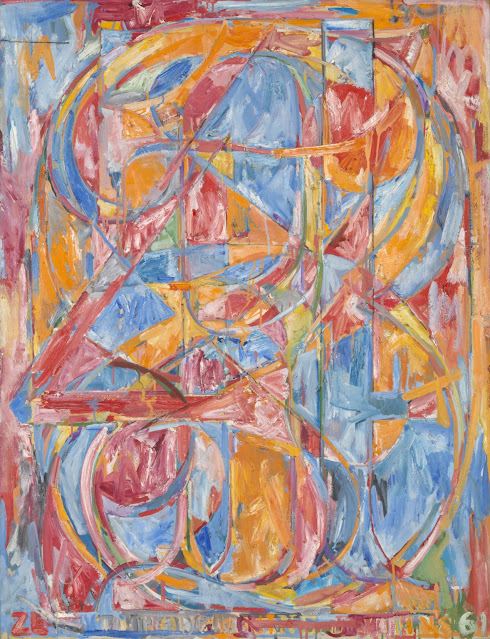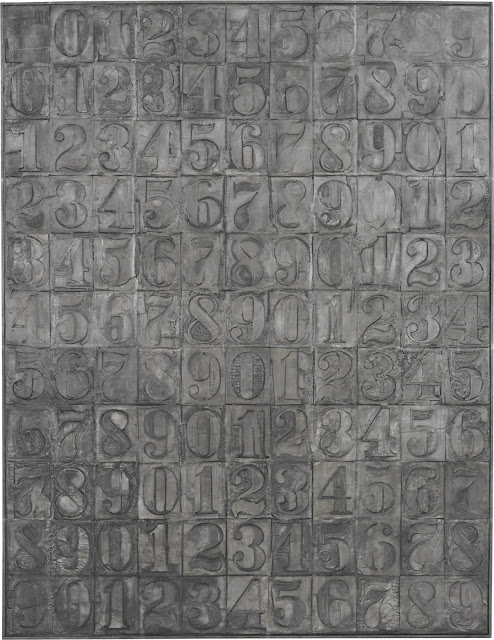 |
| All Original Images: West Leicester, February 2022 |
"The servant doused his lantern because here there was bright electric light. Everything here was small but daintily constructed. The best possible use was made of space. The passage was just high enough for a person to walk upright. Down the sides, the doors almost touched. The walls on either side stopped short of the ceiling; this was no doubt for ventilation purposes, because in this deep, cellar-like passage the tiny rooms presumably had no windows...
 |
| All Experiments: May 2022 |
"The disadvantage of these not quite complete walls was the noise in the passage and inevitably also in the rooms. Many rooms seemed to be occupied, in most the people were still awake, you heard voices, hammering, the clink of glasses...
"The voices were muffled, no more than the odd word could be made out, nor did there seem to be conversations going on, probably someone was just dictating something or reading something out, particularly from the rooms giving out the sound of glasses and dishes not a word could be heard and hammering reminded K. of something that he had been told somewhere, namely that many officials, to relax from the constant mental exertion, from time to time did a little carpentry, light engineering, that sort of thing." [1.]
[1.]: Franz Kafka, 'The Castle' (Trans. J.A. Underwood), London, Penguin, 1926/1997




























